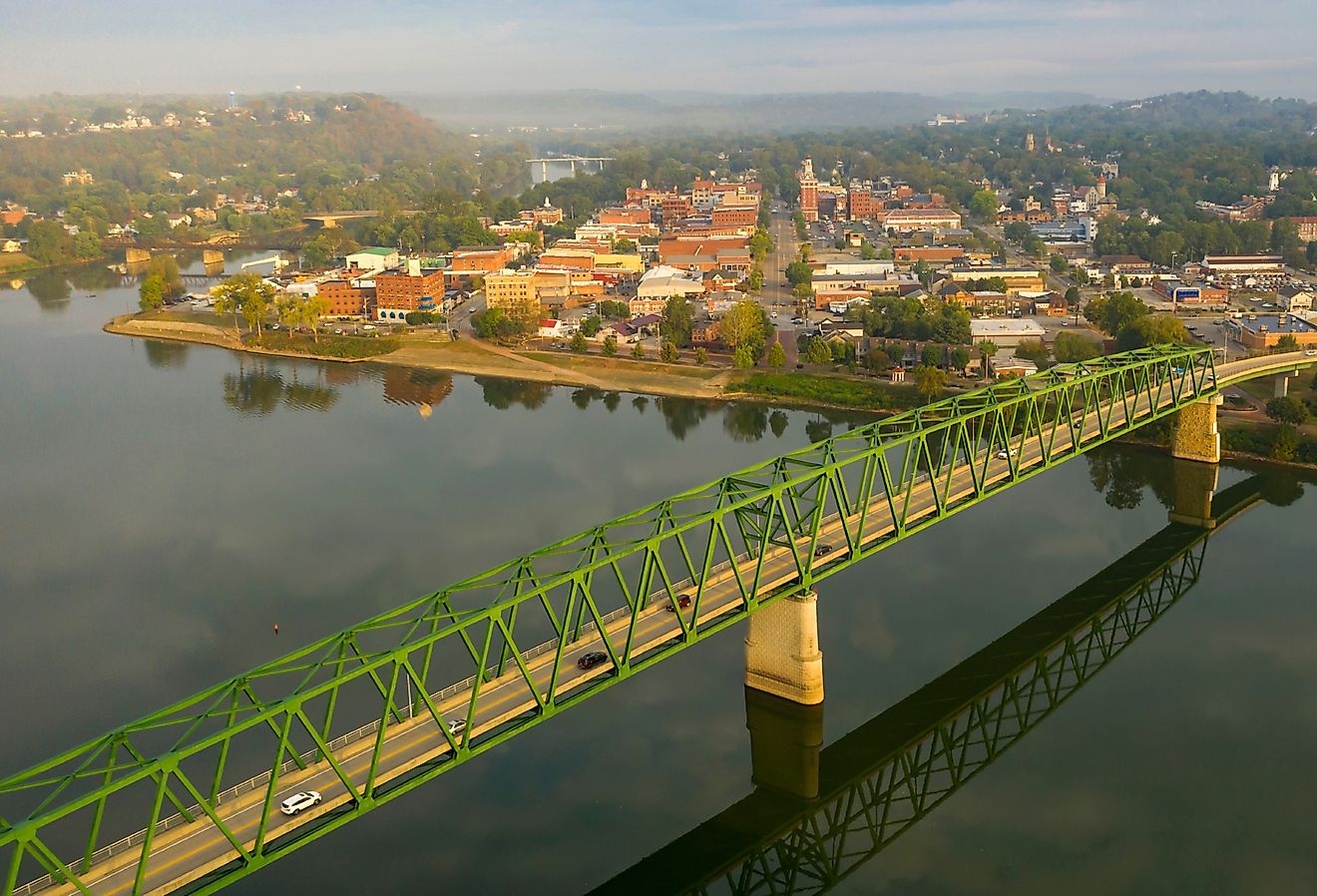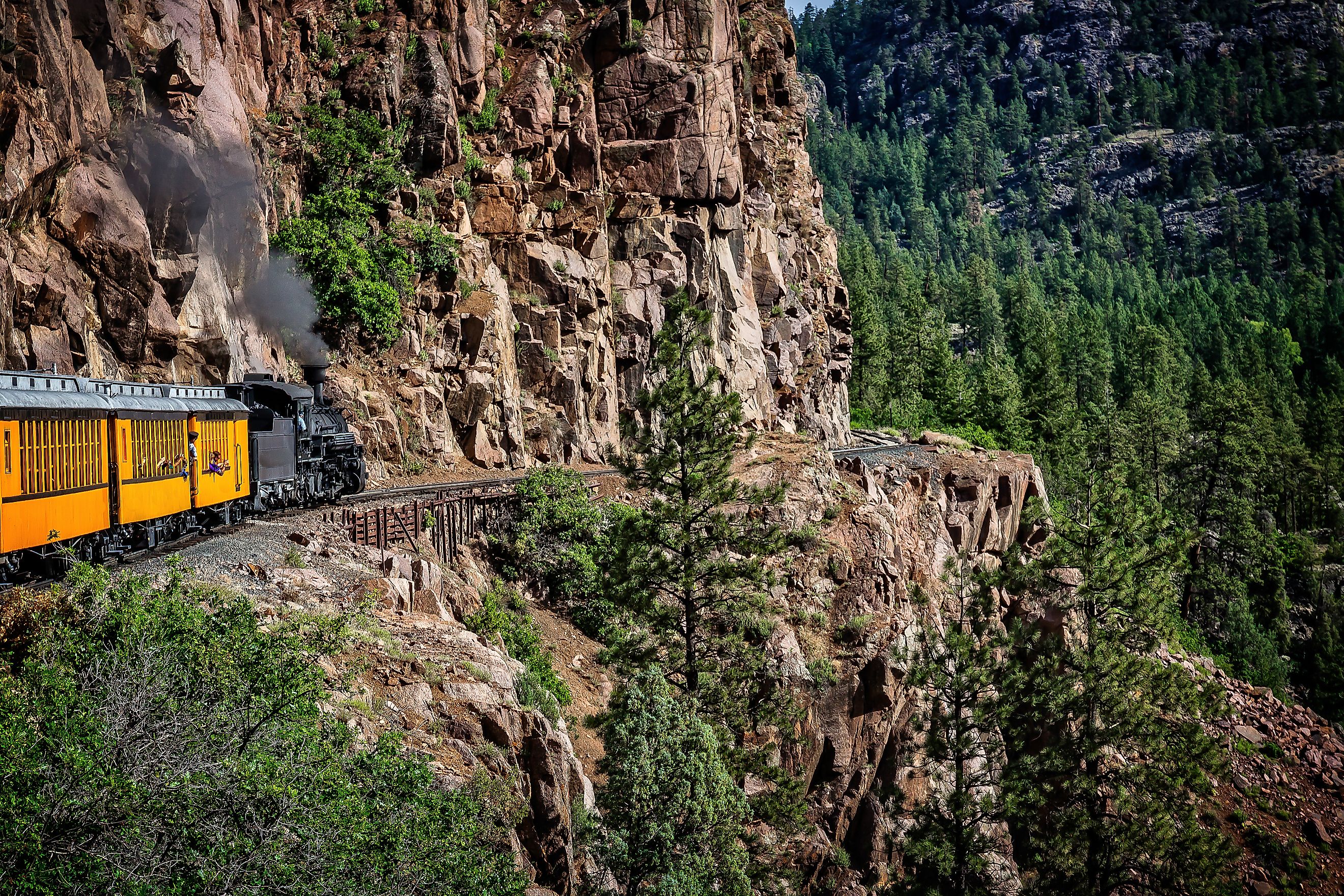
9 Towns In The Rockies That Were Frozen In Time
The Rocky Mountains stretch from northern Alberta and British Columbia in Canada to New Mexico in the United States. About 3,000 miles long and more than 300 miles wide in some sections, the Rockies attract visitors interested in history and recreation. The Rockies' rich history dates back several thousand years, with humans inhabiting the region at least as far back as 10,000 B.C.E. Native American tribes, such as the Cheyenne, Arapaho, Eastern Shoshone, and Ute, occupied the land known for its beautiful scenery and abundant wildlife. Today, the Rockies continue to attract visitors interested in skiing, hiking, and history. Here are nine towns in the Rockies that were frozen in time.
Telluride, Colorado
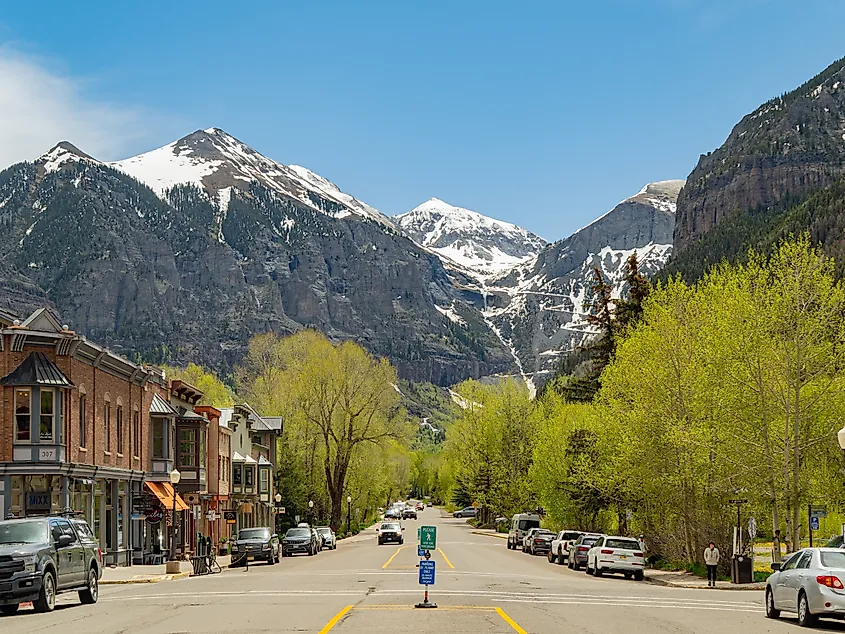
Telluride is known for its world-class skiing. However, this small town was once the summer camp for the Ute Indians for centuries. The silver and gold resources found in the San Juan Mountains, part of the Rockies, led to the building of mining camp in Telluride, including the Sheridan Mines. The town was initially called Columbia until the name was changed to Telluride in 1878. The introduction of the railroad brought various people to the area, including many immigrants. The town’s many historical attractions include the Galloping Goose #4, one of seven gasoline-powered railbuses known as the Galloping Geese. The fully restored Galloping Goose #4 once carried US mail, passengers, and freight until the 1950s. In 1961, the US secretary of the interior honored Telluride with the highest level of historic status by designating it a National Historic Landmark District. The First National Bank Building was completed in 1892 by architect James Murdoch, who designed the bank in the Romanesque style to include towers and arched openings. This magnificent structure is on the corner of Colorado Avenue and Fir Street. Telluride has a lot to offer, so if you are looking for a place to get away in the Rocky Mountains, Telluride may be the right destination for you.
Taos, New Mexico
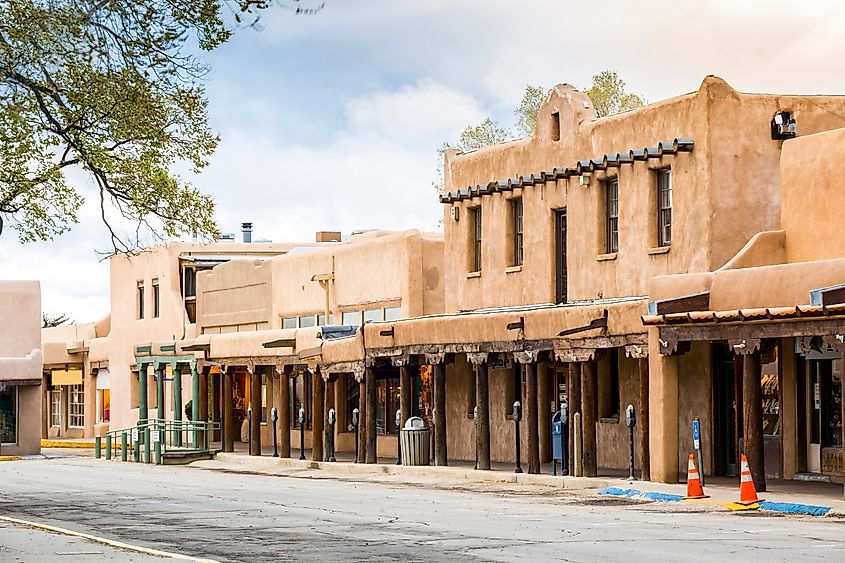
The history of Taos dates back many centuries. The Tiwa Indians inhabited the land before the arrival of Spanish Captain Hernando Alvarado in 1540. Taos became established as a Spanish village in 1615. Despite the Spanish influence, Taos is fondly known for its Native American community of the Taos Pueblo. The Taos Pueblos contains adobe dwellings that have been lived in for over 1,000 years. Designated as a World Heritage Site by UNESCO and a National Historic Landmark, the Taos Pueblo draws visitors from all over the world. The Taos Plaza, which once was the center for local trade, now offers restaurants, shopping, and old mercantile stores to visitors. Admirers of Ansel Adams and Georgia O'Keeffe can visit one of New Mexico’s most photographed churches, the nearby San Francisco de Asis Mission Church. This 18th-century church is still active today. Taos has many opportunities for historical exploration and stunning beauty in the natural landscape. A visit to Taos will not disappoint.
Estes Park, Colorado
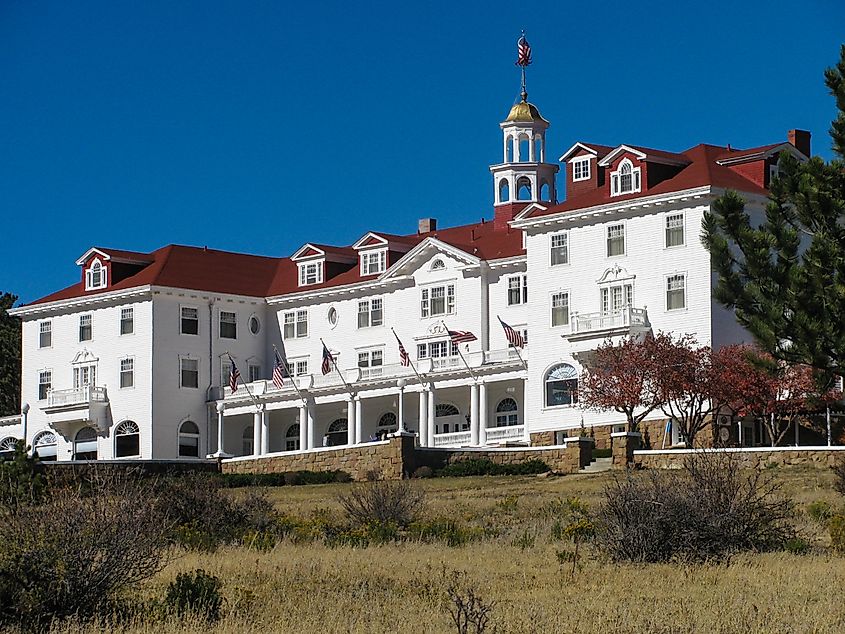
Estes Park is a recreation and history lover's paradise, near the spectacular Longs Peak. The town offers many outdoor activities, including hiking, fly fishing, golfing, and biking. People from various walks of life have inhabited Estes Park, including Native American tribes, homesteaders, artists, and entrepreneurs. Anyone interested in learning about the history of Estes Park can visit the Estes Park Museum, which contains around 35,000 historical items, including postcards, artwork, tools, and a Stanley Steamer automobile. Another attraction is the Stanley Home Museum and Education Center, which provides a glimpse into the town’s past. Built in 1904 and formerly the home of Freelan Stanley (twin brother of Francis, with whom he started the business) and his wife, Flora, the museum offers year-round tours. Finally, there is the famed Stanley Hotel, which inspired Stephen King during the writing of his 1977 novel, "The Shining."
Durango, Colorado
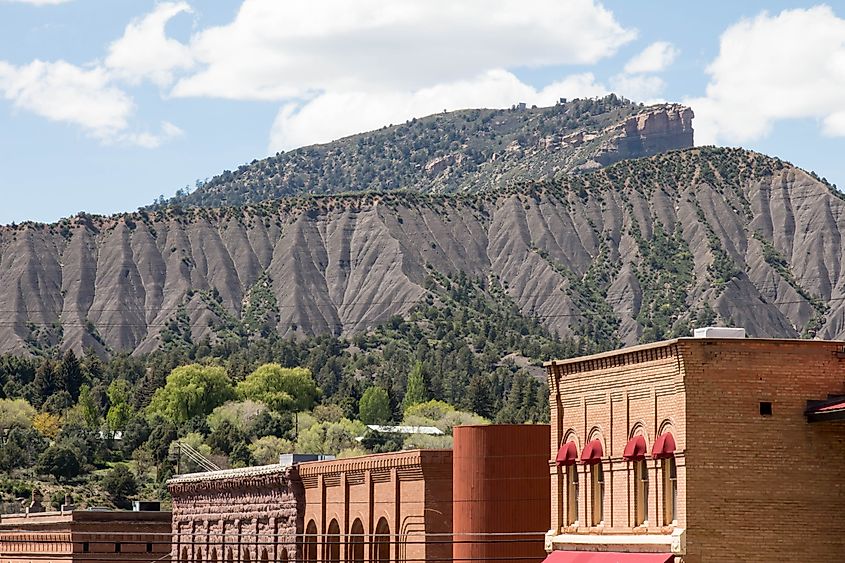
Originally a mining town, Durango has become an ideal location for recreation and historical exploration. The city was formed in 1880 by the Denver and Rio Grande Railroad company to serve as a mining district along the banks of the Animas River. Durango heralds its name from its sister city, Durango, Mexico. Alexander Hunt, a former territorial governor, had traveled to Durango, Mexico, and thought the two regions simpatico, thus naming the Colorado town Durango. For centuries, the Ute Indians inhabited the area before mining became a common practice along the Animas River. Today, history explorers can witness the Victorian architecture of the General Palmer Hotel. Built in 1898 by General William Jackson Palmer, a Civil War general, the hotel contains themed rooms and Victorian furnishings with antique artifacts. The Mesa Verde Cliff Dwellings, including Cliff Palace, built by the Ancestral Pueblo beginning in the late 1190s, are about a 90-minute drive from Durango. The cliff dwellings feature handprints, murals, and structures dating back over 1,400 years. Durango is definitely one place worth seeing in the Rocky Mountains.
Silverton, Colorado
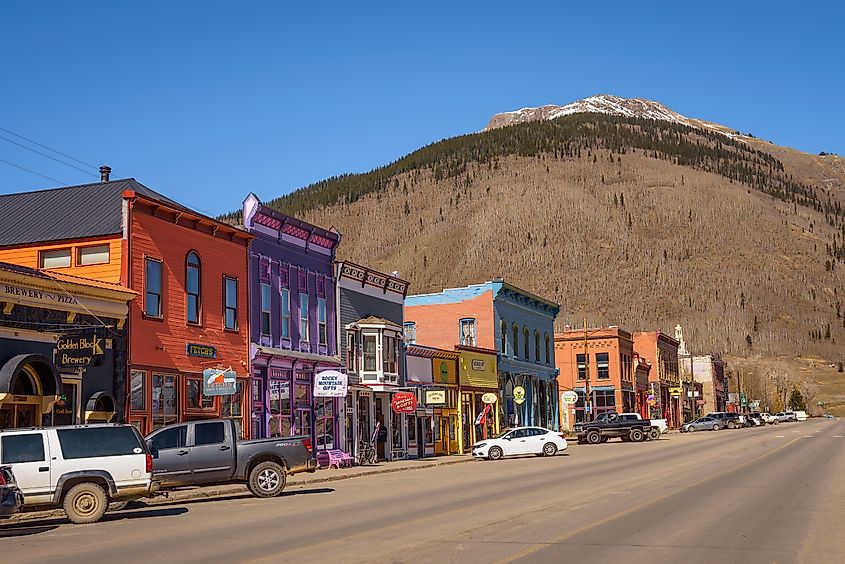
Originally the home of the Ute Indians, Silverton became a mining town in 1860 when Charles Baker and prospectors discovered gold and silver in the San Juan Mountains. The US Civil War and protests by the Ute Indians delayed mining until the 1870s. Almost 1,000 prospectors came to the area seeking riches, and by 1874, several mining camps had sprung up. The advent of the railroad in 1883 brought more settlers to the area, and the population grew to 2,000. The town had 400 buildings, including 29 saloons, and many hotels. The Old Hundred Gold Mine and the nearby Old Hundred Boarding House are famous landmarks in Silverton. The best gold in Silverton was discovered by German brothers Reinhard, Gustave, and Otto Neigold, who formed the Midland Mining Company. The brothers could not develop the mine due to a lack of funds, so the property was bought by the Old Hundred Mining Company in 1904. Today, the picturesque mountainside, outdoor recreation, and remote location continue to attract visitors and settlers, making it a great place to visit.
Golden, Colorado

You might think that the town of Golden, Colorado, located in the Front Range of the Rockies, was named after the gold found there during the 1800s. In fact, it was named after the prospector Thomas L. Golden, who came to the area from Jefferson County in 1858. Before Golden’s arrival, the Ute, Arapaho, and Cheyenne Indians lived in the area for over 12,000 years. However, after the Colorado gold rush began, the mining supply town of Golden was founded in 1859. The fertile valley and coal and clay deposits attracted farmers and other industries. The town was so popular that it was the capital of the Colorado Territory from 1862 until Denver was granted the prestigious title in 1867. The Golden History Museum and Park is a treasured landmark featuring changing exhibits and around 15,000 objects of historical interest. The museum is free to visitors, and the town also offers walking tours of the historic district. Don’t miss the opportunity to see Golden, and it won’t disappoint.
Glenwood Springs, Colorado
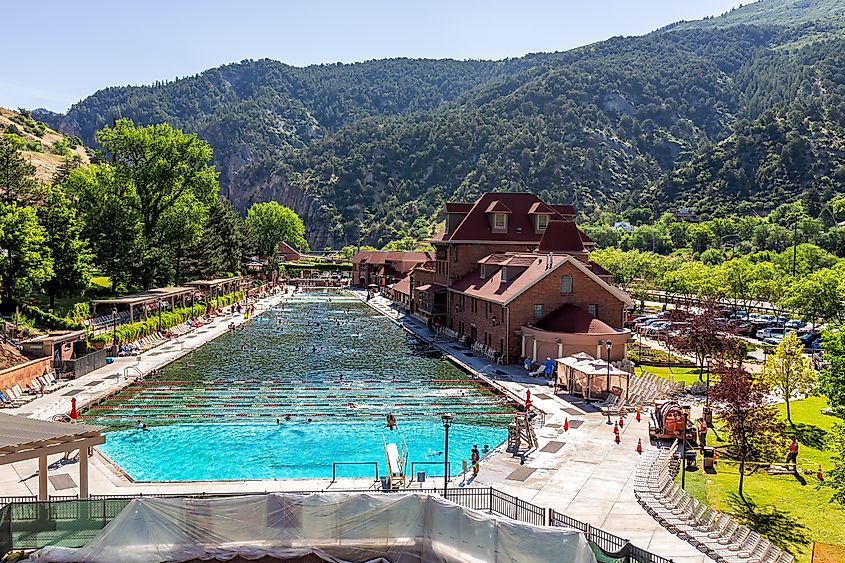
Located on the western slope of the Rocky Mountains near the Colorado and Roaring Fork rivers, Glenwood Springs is a paradise for history buffs. The town was known as Yampah to the Ute Indians and Defiance to Gold Rush prospectors. After it was incorporated in 1885, Glenwood Springs was birthed. As the site of the world's largest hot springs pool, the town is known for its history as a place of healing for the Ute Indians. It is also the site of one of the first hydroelectrically lighted cities in the world, beating out New York City in 1886. One historical hotspot in Glenwood Springs is the 1893 Hotel Colorado, which President Theodore Roosevelt used as the "Western White House" and is a copy of the Medici Palace in Italy. For those interested in the Wild West, the Frontier Historical Society and Museum offers exhibits on Doc Holliday, Theodore Roosevelt, Kid Curry, and Buffalo Bill Cody. The society also provides downtown walking tours of historic buildings constructed between 1884 to 1928. Glenwood Springs has a unique offering of history and healing, making it a great destination for the curious.
Crested Butte, Colorado
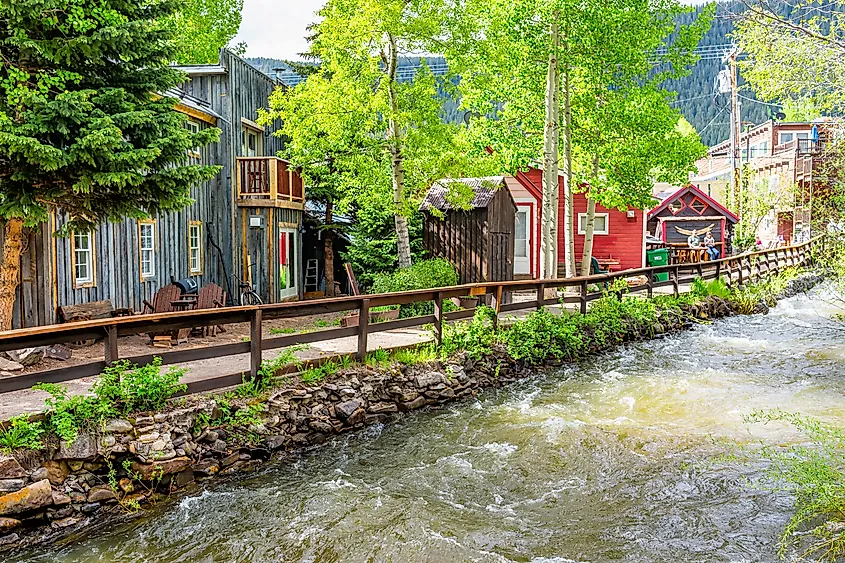
Crested Butte is a former coal and silver mining town you don’t want to miss. At an elevation of 8,865 feet, Crested Butte began attracting miners in the 1860s. Howard F. Smith, known as the town’s founding father, was attracted to the vast coal deposits in the area and created the town in 1878. By 1880, when Crested Butte was incorporated, the town had around 400 people, and Smith was the mayor. The railroad arrived in 1881, and by 1882, the town had around 1,000 residents. However, in 1884, tragedy struck the town when an explosion happened at the Jokerville mine, killing dozens of miners. Coal mining in the region continued until 1952. Today, Crested Butte is a travel destination for snow sports, rock climbing, hiking, biking, and festivals. Visitors can enjoy the "Wildflower Capital of Colorado" by checking out the Crested Butte Museum, which provides a glimpse into history with an extensive collection of mining, ranching, and recreation exhibits. The history of Crested Butte and the recreational offers are sure to please any visitor.
Red Lodge, Montana
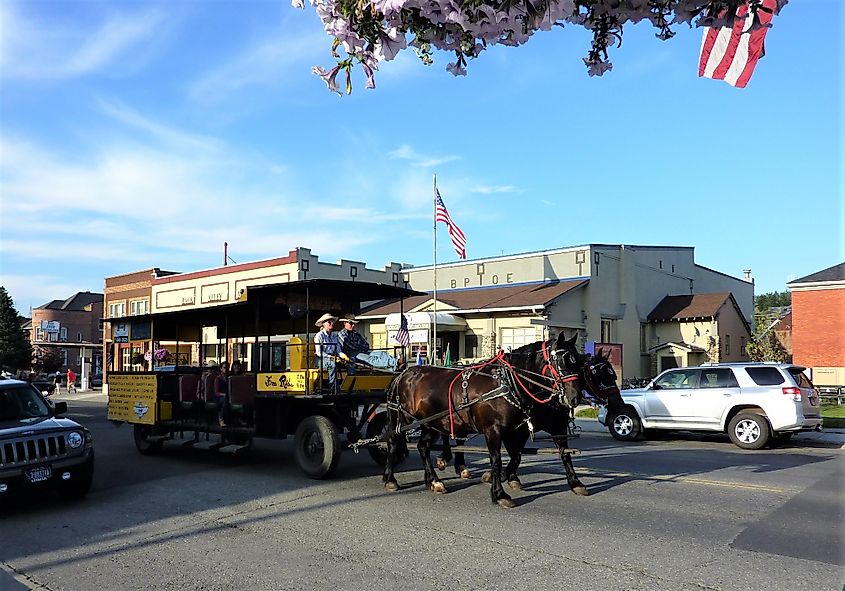
The Crow Indians always came to Red Lodge in the summer, but the town was not officially established until 1884, and the first mine was opened in 1887 by the Rocky Fork Coal Company. Red Lodge was soon the home to many immigrants, including the Finnish, Scottish, Irish, and Italian seeking fortunes. The landmark Pollard Hotel lodged several famous guests, such as Buffalo Bill Cody, Calamity Jane, and Frederic Remington. In 1943, an explosion at the Smith Mine killed 74 men. Red Lodge residents turned to the bootlegging liquor industry to survive the Great Depression and the decline of coal mining, serving its "cough syrup" to buyers across the US. Today, the town is a hotbed for tourism and recreation.
Conclusion
Whether you’re a history buff or adventure-seeker, the Rocky Mountains are a great place to visit any time of year. From the gold mining town of Golden to the hot springs of Glenwood Springs, the Rockies offer a bit of adventure for everyone. Don’t hesitate to visit this area of majestic and wonder. So, grab a good pair of walking shoes and a map to see these nine towns in the Rockies that were frozen in times. Just be prepared for peace and tranquility along the way.








